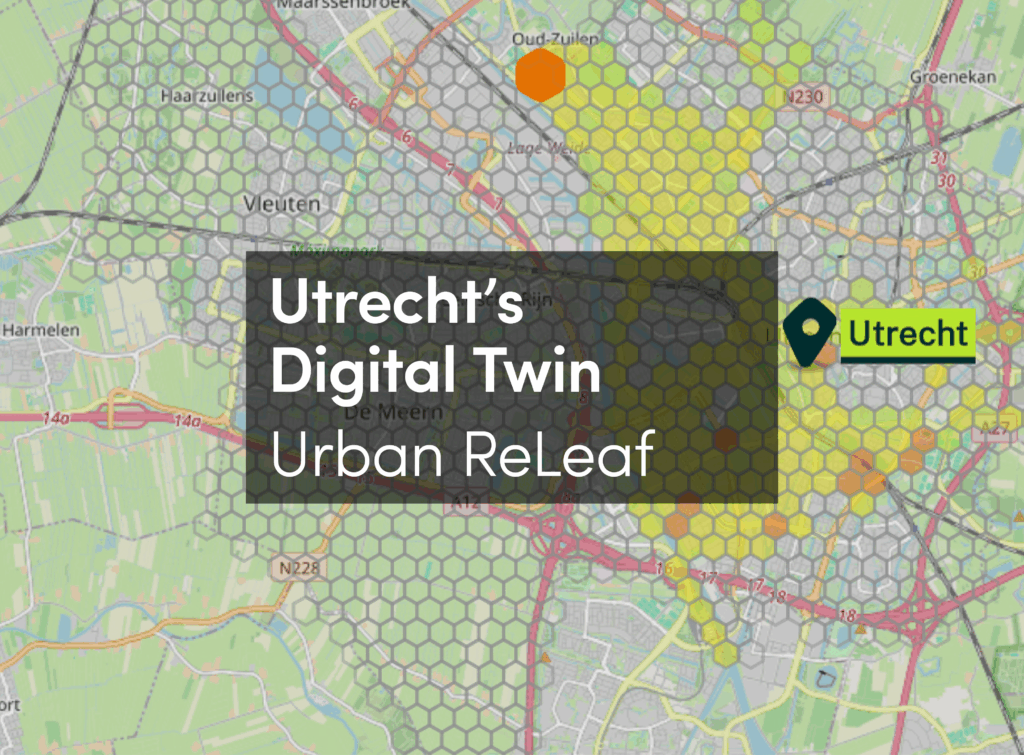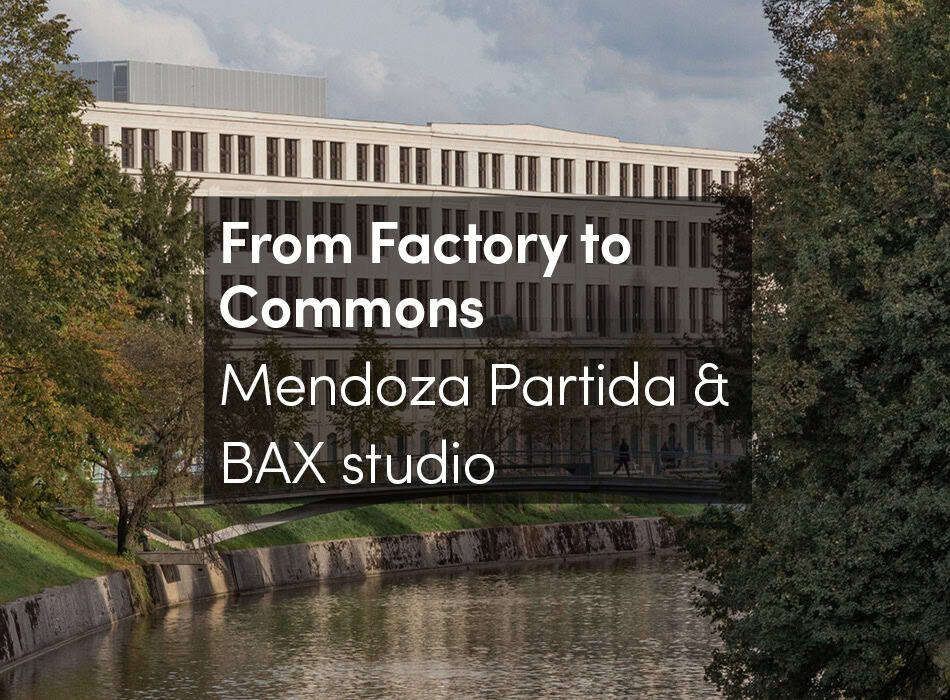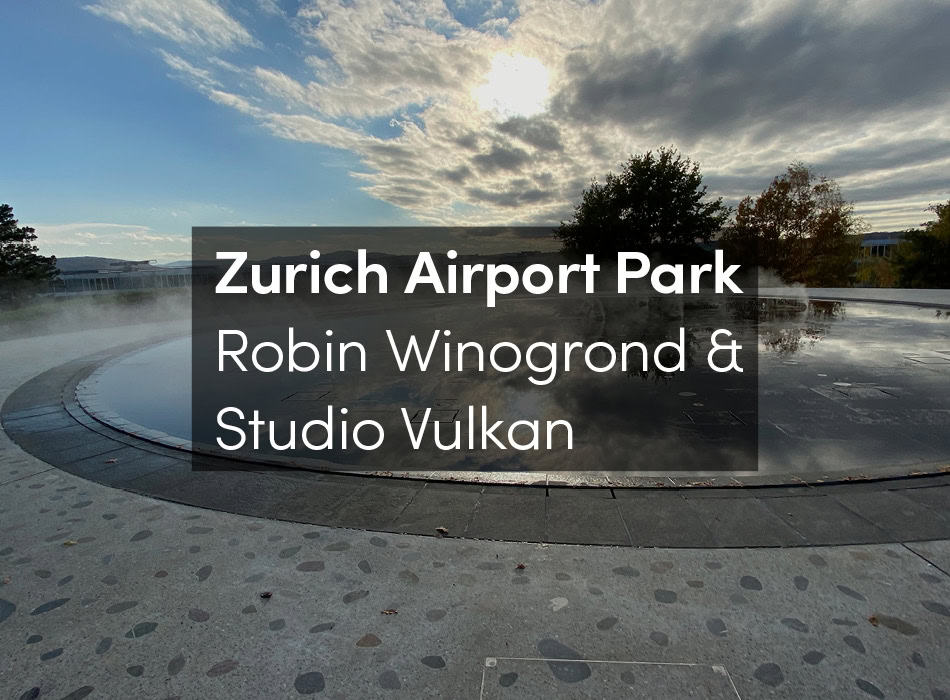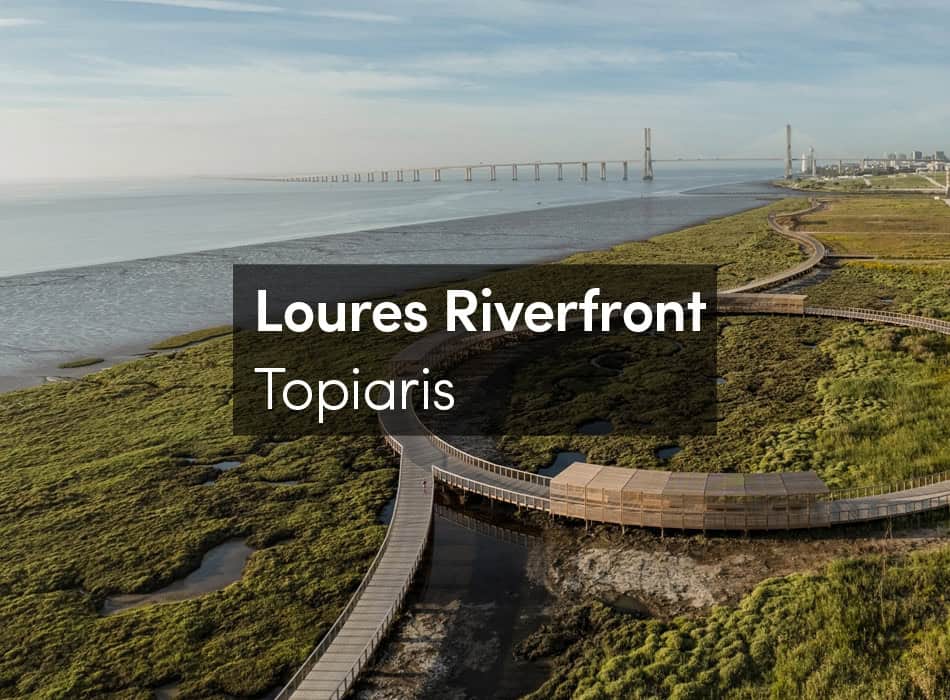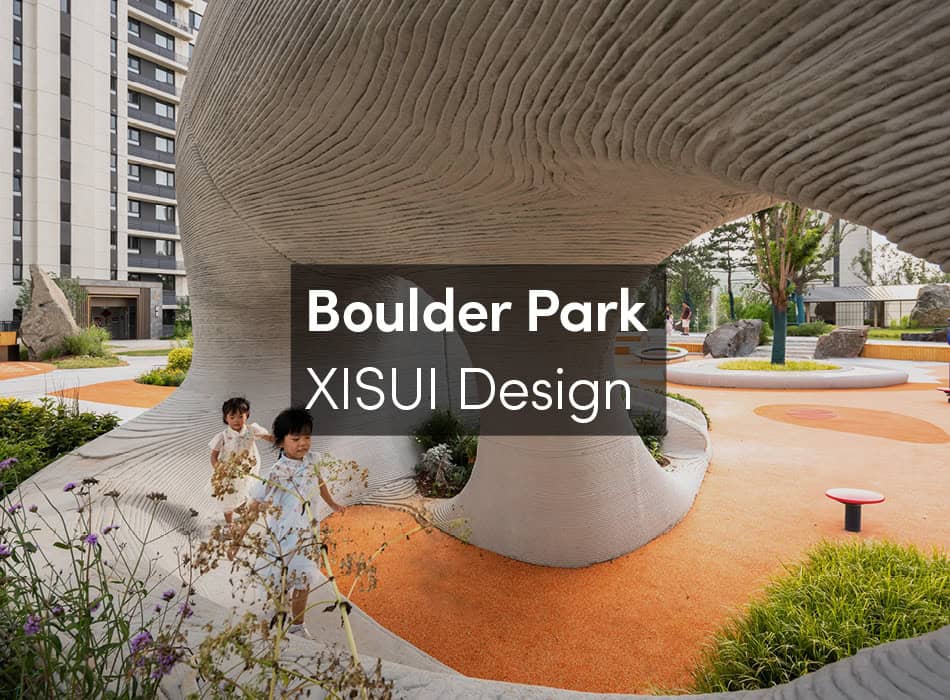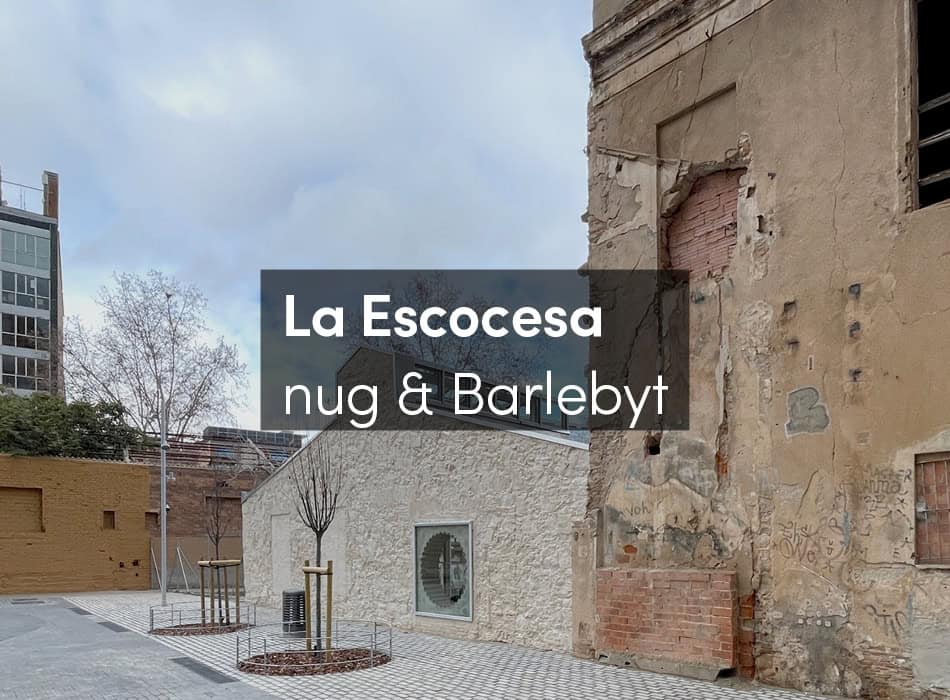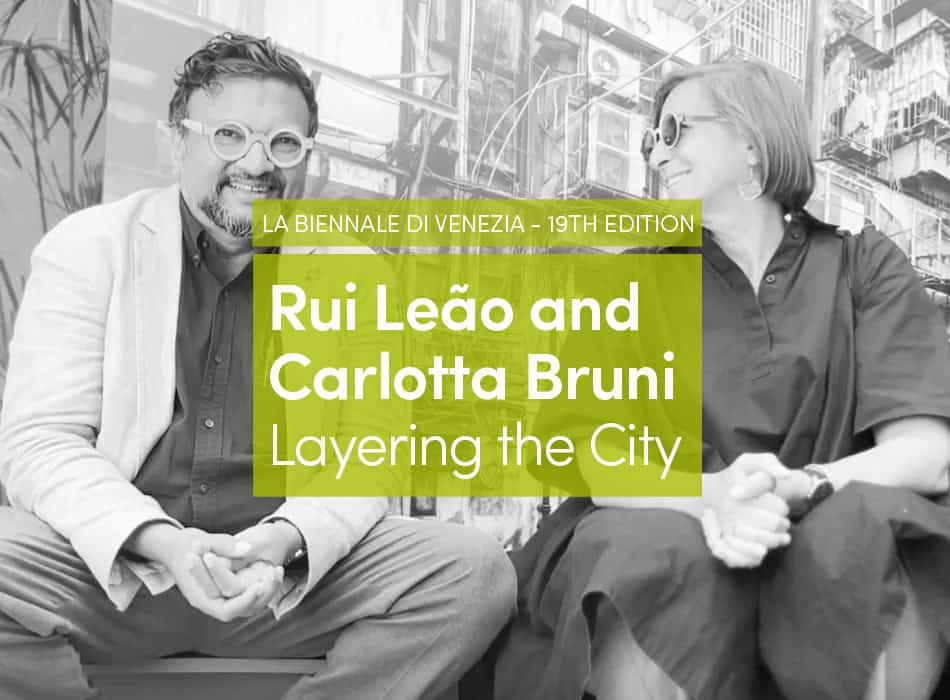Skating is more than just a sport; it is an entire culture that thrives in the built environment—a true practice of the city. It can be understood as a fusion between body and urban space. There is a feeling of freedom when gliding through the streets and a sense of pride when finally mastering a stair jump or grinding an edge. For beginners, every element of public space presents a challenge; for experienced skaters, it becomes a playground.
As both a skater and an architect, Aleksei da Costa consistently considers the “skateability” of materials and urban design. Smooth surfaces enable skaters to move freely and engage with their surroundings. When designing a new public space, it should remain inviting even in the absence of scheduled events. An empty, inactive space does not contribute to the city’s dynamics. However, the integration of skateable street furniture introduces energy, activity, and social interaction. Skate-friendly spaces become meeting points, fostering connections between people. From a tourism perspective, iconic skate spots serve as landmarks, attracting visitors and contributing to the local economy, generating a form of “parallel tourism.”
Assessing a city’s skate potential offers a way to infuse playfulness into architecture. While skateboarding can cause wear on certain structures, if a building is designed with this activity in mind, potential impacts can be addressed from the outset. French artist Marcel Duchamp believed that artworks evolve over time through use, and architecture—the earliest form of art—can be conceived with this adaptability in mind. For instance, outdoor stairs can be designed with an awareness that they will likely become a skating feature, turning this into an opportunity rather than a limitation.
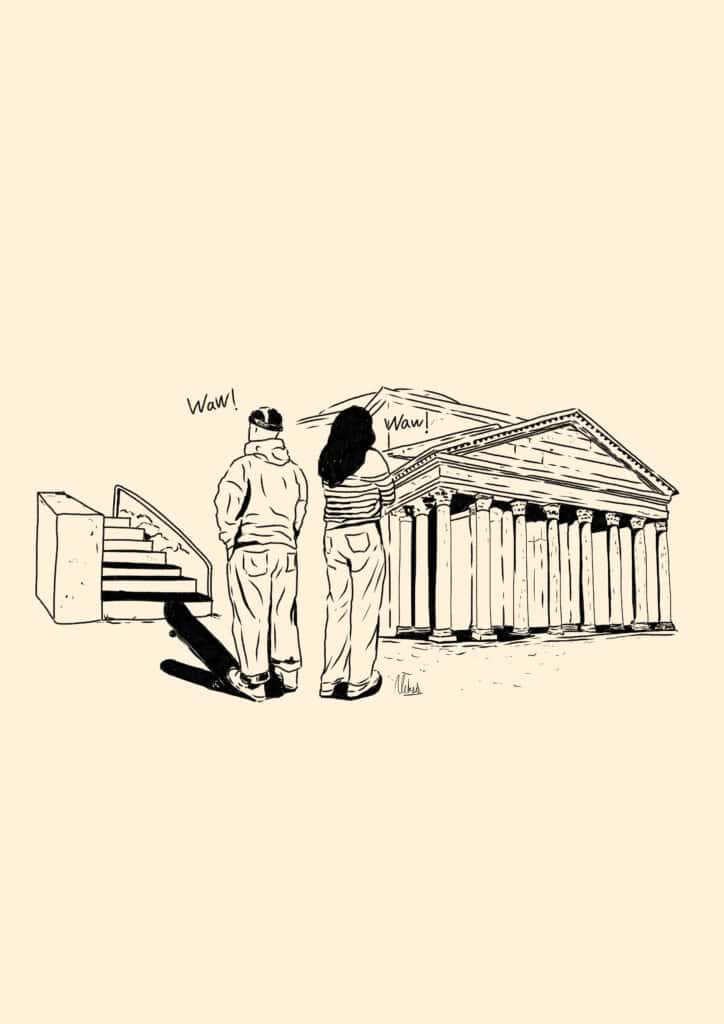
Skateboarding can even become part of a building’s identity. In Paris, the Palais de Tokyo—a contemporary art museum—has also become a renowned skate spot. Its role in Parisian skate culture creates a dual attraction: exhibitions inside and the vibrant skating community outside. Similarly, MACBA (Museu d’Art Contemporani de Barcelona) is one of the most famous skate destinations in Spain, if not Europe. Even for non-skaters, witnessing skilled skateboarders perform tricks down its steps is a spectacle in itself.
Furthermore, as cities shift toward sustainable urban mobility, alternative transportation methods are being prioritized. Just as dedicated bike lanes encourage cycling, smooth streets facilitate skating, allowing skateboarders to navigate and fully engage with the city.

Skateboarding is a global culture that unites people. In any city, skaters can be found, their presence marked by the unmistakable sound of wheels rolling on pavement. Whether in a hometown or traveling abroad, this culture remains a constant. While skateparks serve as dedicated hubs, street skating is an integral part of the lifestyle—a game of discovery, where skaters seek the best ways to interact with their environment. Stairs are not just stairs; they become ramps, drops, and opportunities to slide or grind. The concept of skateable cities embodies the creation of urban spaces that function as playgrounds for skateboarders while also offering new ways to experience and connect with the built environment. It is a vision that transforms cities into dynamic, interactive landscapes—places that invite movement, creativity, and community.








